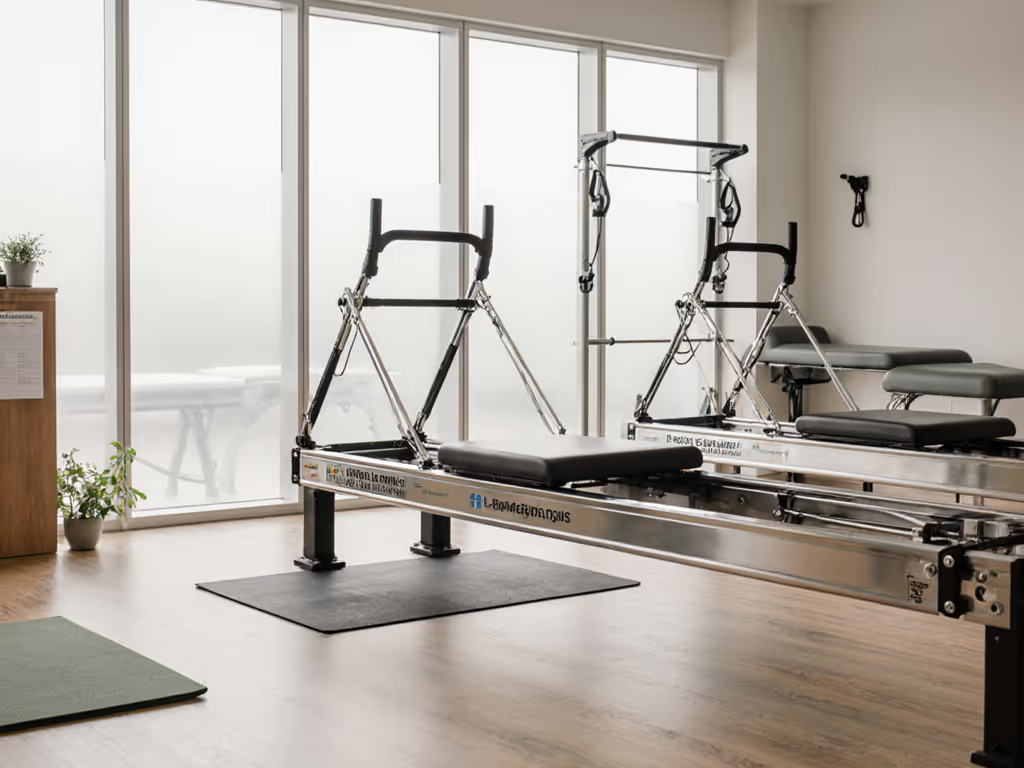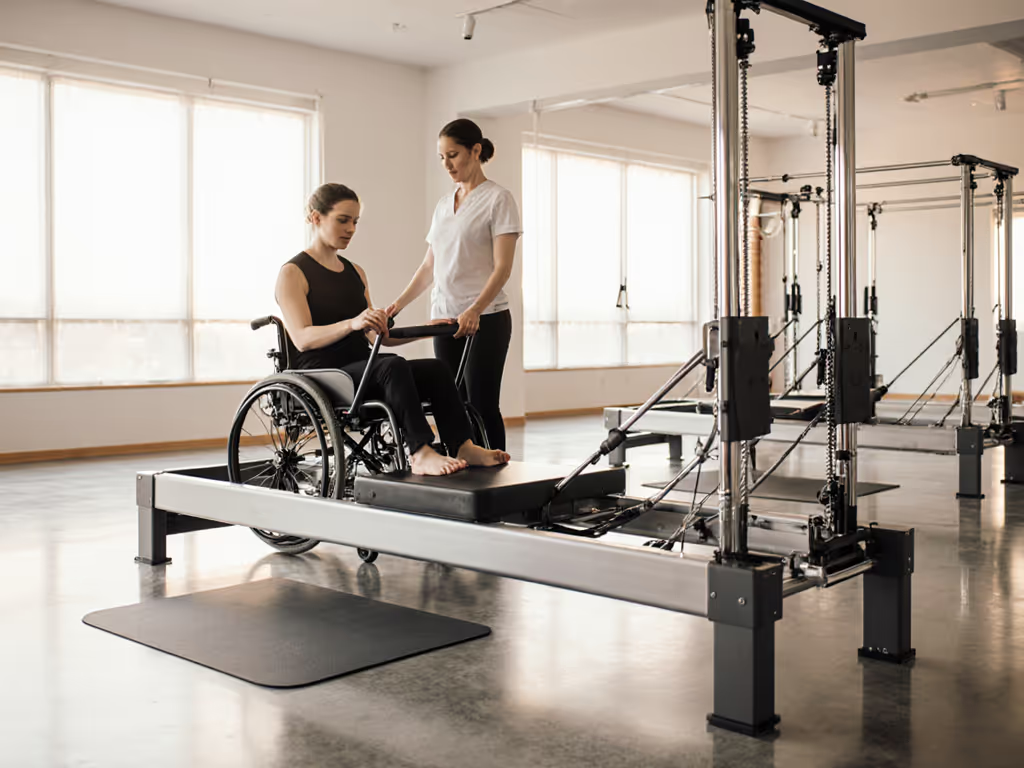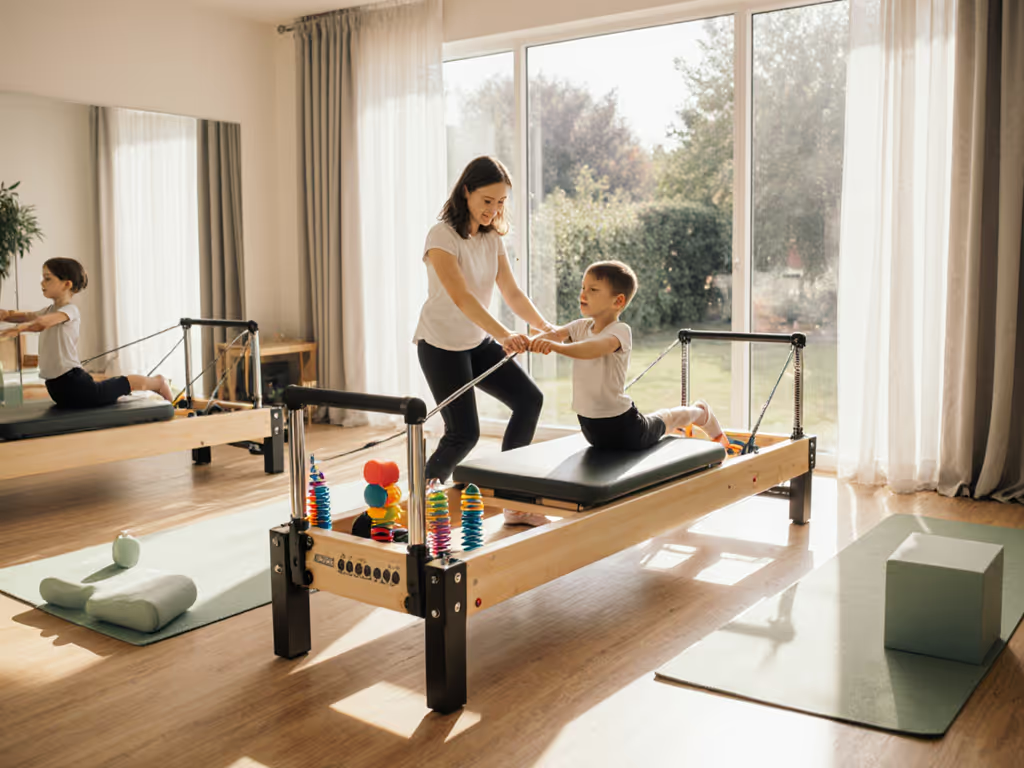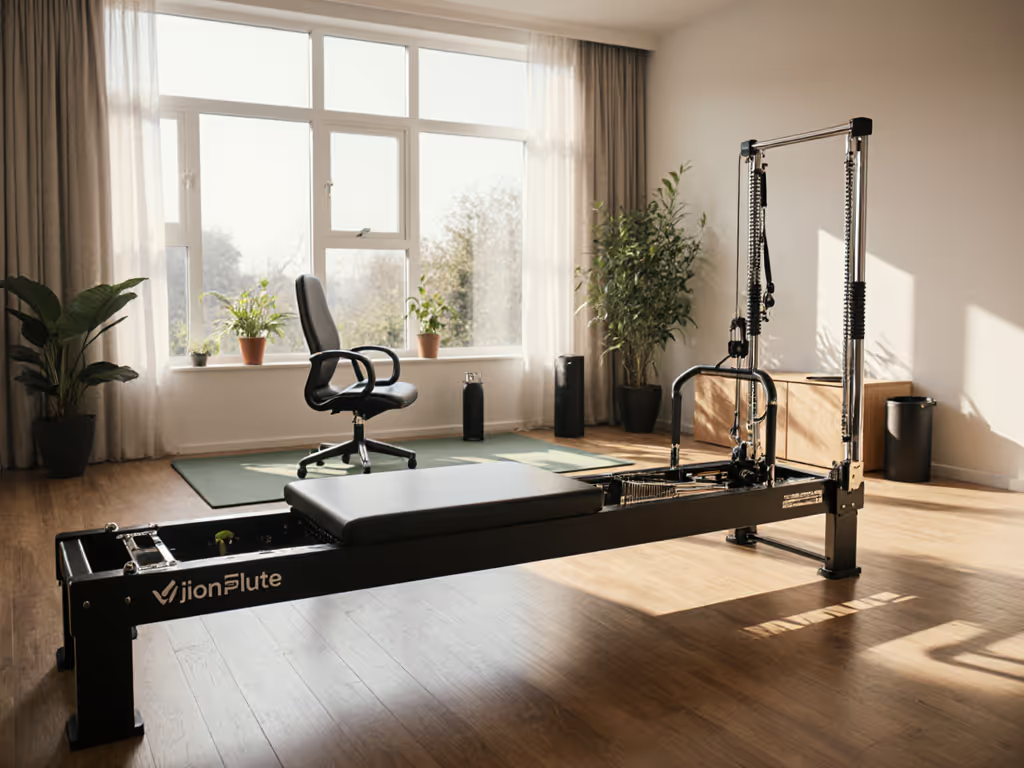
Arthritis Pilates Equipment: Smooth & Joint-Safe Choices
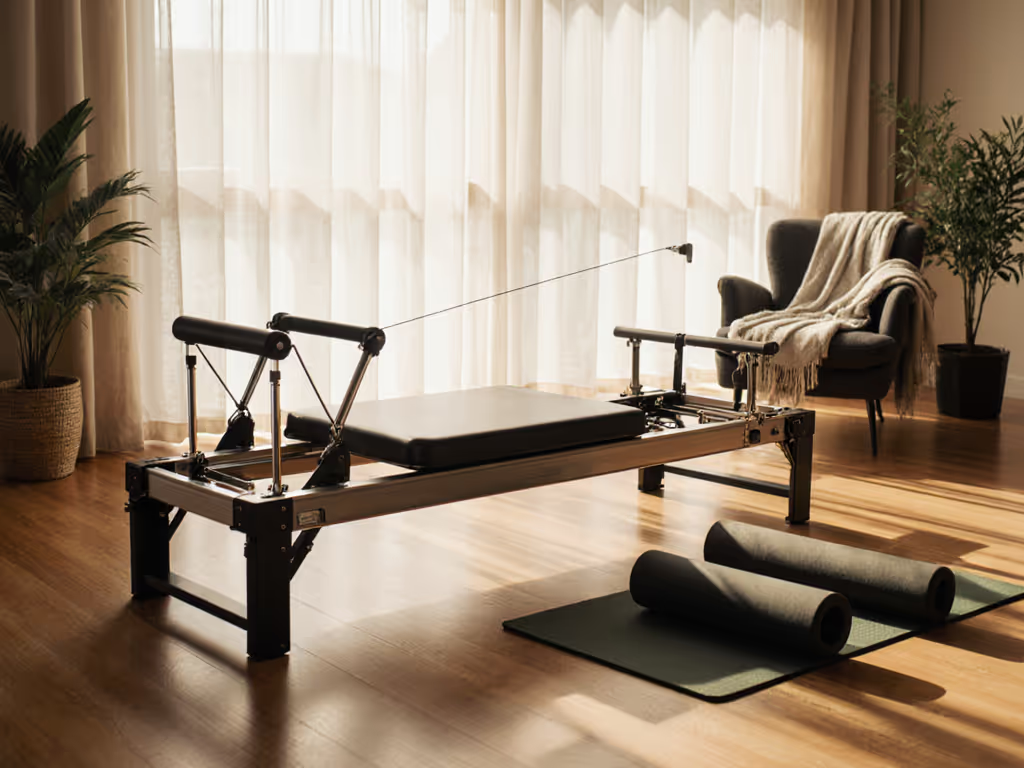
For individuals with arthritis, selecting the right Pilates equipment is crucial for maintaining joint health while building strength. Arthritis-friendly Pilates equipment prioritizes smooth movement, adjustable resistance, and joint-sparing modifications to reduce pain and inflammation. The ideal setup combines space-efficient designs with quiet operation to accommodate urban living constraints while protecting vulnerable joints. Below, we explore the key equipment categories and modifications that make Pilates accessible for osteoarthritis and rheumatoid arthritis sufferers.
Essential Mat-Based Foundations
Thick Support Mat: Start with a 1/2 inch or thicker mat to cushion joints during floor work. This reduces direct pressure on hips, knees, and spine during exercises like the Modified Bridge (a fundamental move that strengthens glutes without knee strain). For added joint protection:
- Layer with folded towels under sensitive areas
- Use wedge-shaped props to reduce wrist extension
- Place foam rollers perpendicular to the spine for supported rolling motions
Joint-Friendly Props:
- Resistance Bands: Offer adjustable, low-impact tension for assisted movements like Supported Roll-Downs, which mobilize the spine gently
- Small Exercise Ball (9 in): Placed between knees during bridges to maintain alignment and reduce hip strain
- Foam Roller: Provides spine support during seated exercises and aids balance during standing sequences
Reformers: Optimizing for Space and Joint Safety
Modern reformers for arthritis prioritize:
| Feature | Arthritis Benefit |
|---|---|
| Smooth Carriage | Reduces joint jolting; minimizes inflammation triggers |
| Adjustable Footbar | Accommodates limited mobility positions; prevents over-extension |
| Spring Variations | Light-to-medium resistance springs (yellow/blue) protect delicate joints |
| Compact Footprint | Foldable designs (e.g., AeroPilates 4420) fit small spaces while maintaining efficacy |
Note: The Balanced Body Studio Reformer's precision carriage system provides studio-grade smoothness ideal for sensitive joints, though its larger footprint may require planning for small apartments. For compact, low-noise home options, see our quiet compact reformers for home guide.
Chairs and Towers: Space-Smart Alternatives
For those needing full-body workouts in under 6ft²: Compare space-saving wall-mounted towers vs reformers to choose the joint-friendly setup that fits your apartment.
- Split-Pedal Chairs: Like the Balanced Body EXO Chair, allow asymmetric movements that accommodate stiff or swollen joints
- Wall-Mounted Towers: Provide vertical support for squats and lunges without floor space consumption
- Adjustable Spring Systems: Enable micro-progressions from 2 to 8 resistance levels for gradual strength building
Accessories for Joint Protection
Stability Enhancers:
- Pilates Arc: Supports spinal curves during backbends, reducing lumbar strain
- Cushioned Handles: Minimize grip stress for arthritic hands
- Non-Slip Carriage Covers: Prevent sudden slips during transitions
Noise/Vibration Control: Critical for apartment dwellers: To keep your machine smooth and quiet over time, follow our reformer maintenance guide.
- Silicone-padded reformer wheels
- Interlocking rubber floor tiles (minimum 1/2 inch thickness) absorb impact
- Spring silencers reduce metallic clatter
Joint-Smart Exercise Modifications
Key Principles:
- Shorter ROM (Range of Motion): Reduce bridge height or chair pedal depth
- Assisted Movements: Use bands for roll-ups; decrease spring resistance by 30-50% initially
- Tempo Control: Slow transitions (4-count up/down) prevent joint strain
- Neutral Alignment: Maintain micro-bend in hypermobile joints
Sample Adaptation: For knee-friendly lunges on reformers:
- Keep carriage static
- Use vertical poles for balance
- Limit bend to 45 degrees
Conclusion
Building an arthritis-friendly Pilates practice requires equipment that delivers smooth resistance curves, space efficiency, and quiet operation. Prioritize reformers with dampened carriages, adjustable spring systems, and compact footprints alongside joint-sparing props. These choices create the necessary permission to focus on movement quality rather than pain management, transforming Pilates into a sustainable tool for joint health and mobility.

